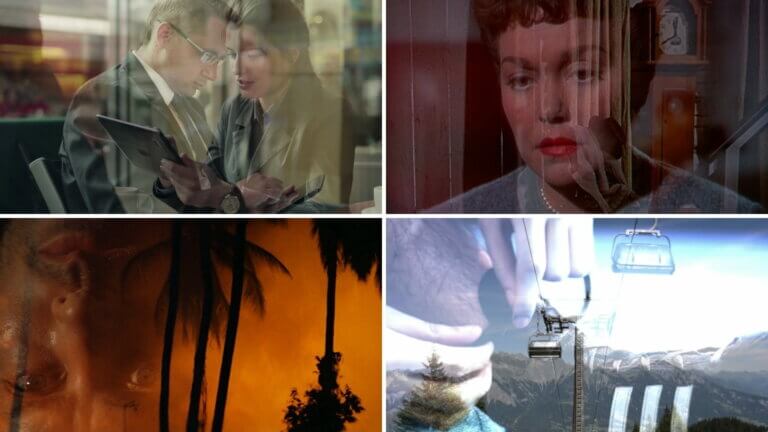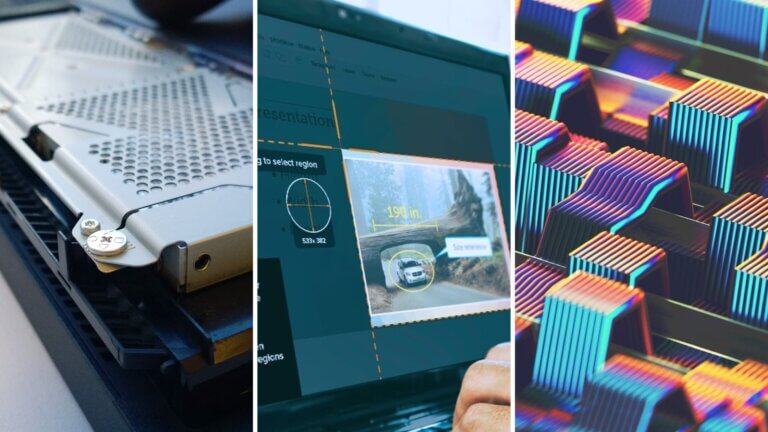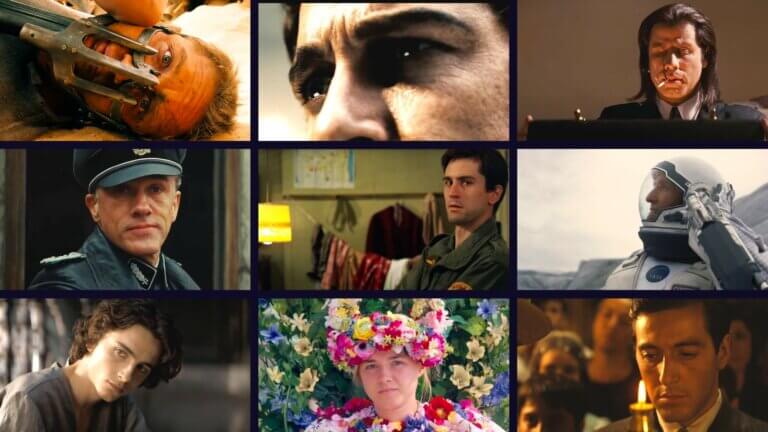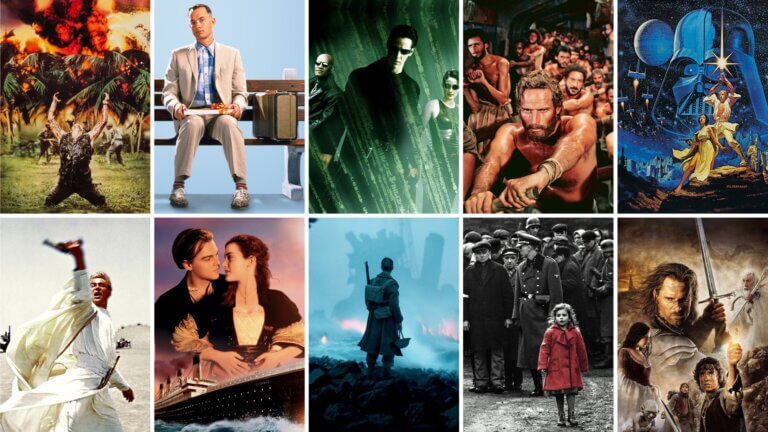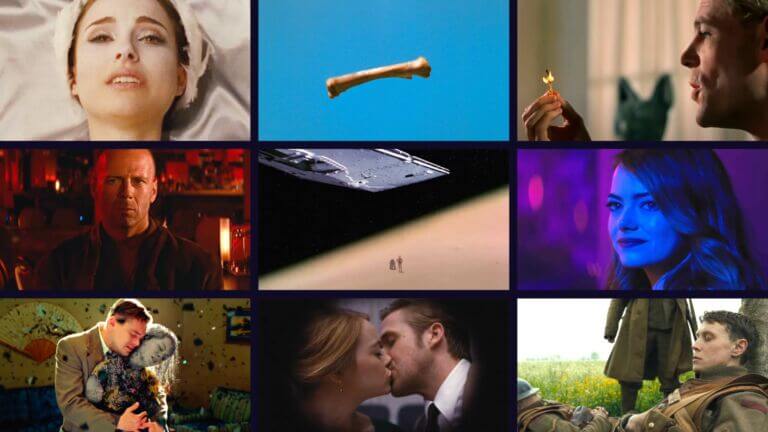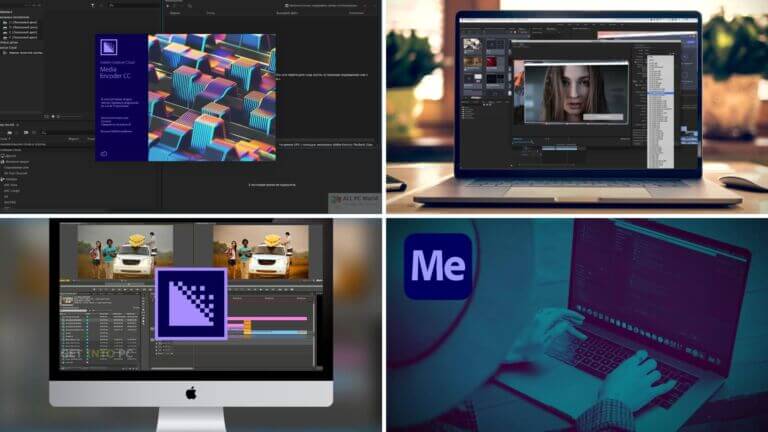Much has been made about Wes Anderson’s use of symmetry in shot composition – but did you know symmetry extends to his editing style as well? Wes Anderson utilizes symmetry in every facet of his filmmaking process, from pattern events to blocking and staging. We’re going to show you the art behind Wes Anderson’s symmetrical editing; by the end, you’ll know how it works and why it’s such a stylistic strength.Continue reading Wes Anderson Symmetry & Symmetrical Editing Explained
The lap dissolve is one of the oldest editing transitions in cinema. Originally, the lap dissolve was achieved by overlapping the exposure of a single frame of film from shot to shot similarly to a double exposure in photography. Why exactly did filmmakers want to create this effect? How do they use the lap dissolve differently from scene to scene? In this article, we’ll take a look at one of filmmaking’s oldest editing tricks and make a case for why it’s still relevant today. Continue reading What is a Lap Dissolve — Film & Video Editing Techniques
How do you get movie clips to use in editing projects? There are a few different reasons why you may need pre-existing movie footage brought into your editing program of choice. Perhaps you are putting together YouTube content such as video essays or movie reviews and you need clips of the source material, or maybe you need footage to learn how to edit or to practice with. Whatever your needs may be, there are a few different ways one can go about sourcing movie footage. We will run through each viable method.Continue reading How to Get Clips for Edits —…
Editing is one of the most fundamental processes of filmmaking. Many call it the last rewrite of a film in which the film truly comes together. So how do you create a movie without normal post-production editing? Through in-camera editing of course. In-camera editing may seem like a disadvantageous technique. However, the popularity of the one take look found in acclaimed films like Birdman and 1917 have made many wonder, what is in-camera editing?Continue reading What is In Camera Editing — Techniques for Photo and Video
Scene transitions, sudden sounds, quick cuts, off-screen voices, and narrative flow are just among the many terms associated with the “invisible art” known as film editing. Originally seen as a technical tool in the movie making process, film editing quickly evolved to become one of the most important creative aspects of filmmaking. But as its affectionate nickname implies, not everyone knows much about film editing or how it works. So what is film editing, what does a film editor do, where did it come from, and why is it so important?Continue reading What is Film Editing — Editing Principles &…
There are a few fundamental editing techniques that every editor should know. One of the major ones is the J-cut. Just about every movie you watch has some sort of J-cut within its edit. J-cuts help move the film along in an engaging way, but can also be an incredibly effective storytelling device when used correctly. In this post, we're going to explain the technique, look at the different applications typically used by editors, and we'll even review how to make these edits work in your own projects. Let's get cutting.Continue reading What is a J-Cut in Film — Editing…
There is a saying: the best film editing is the editing that nobody notices. Though there are exceptions, this is pretty widely accepted as truth for the most part. So if good editing purposely avoids standing out, how are the nominees and winners of the Best Film Editing Oscar picked out and decided?The editing style of a particular film is at the behest of the story being told and the style of the director telling it. Large-scale films that are grand in scope and full of flashy, complex sequences are sure to impress, which is why war films tend to…
The cinematographer, editor, and director work together to create a seamless experience within watching a film. There are certain cuts that can jar an audience out of this experience and make them aware they are watching a movie. One of these cuts is referred to as a jump cut. While many advise against using jump cuts in film, there are ways you can implement them effectively to tell the best story possible.Continue reading What is a Jump Cut? 5 Ways to Use Jump Cuts in Film
Video transitions are used in just about every film and video – and they play an enormous role in the subliminal or liminal effects of moving from shot to shot. As such, knowing when and how to use specific types of editing transitions in film – like wipes, fades and pans – can make your project better than ever before. We’re going to break down a variety of different types of editing transitions in film with examples from cinema history. By the end, you’ll be ready to apply video transitions in your own works!Continue reading Types of Editing Transitions in…
What is Adobe Media Encoder? Adobe Media Encoder is a video processing application that can save editors countless hours of waiting for their videos to export. But how does one use Adobe Media Encoder? We’re going to answer that question by exploring how Media Encoder works and why video editors choose to use it in conjunction with programs like After Effects and Premiere Pro. By the end, you’ll have all the knowledge needed to maximize your video editing workflow. Continue reading What is Adobe Media Encoder (And How to Use it)?

